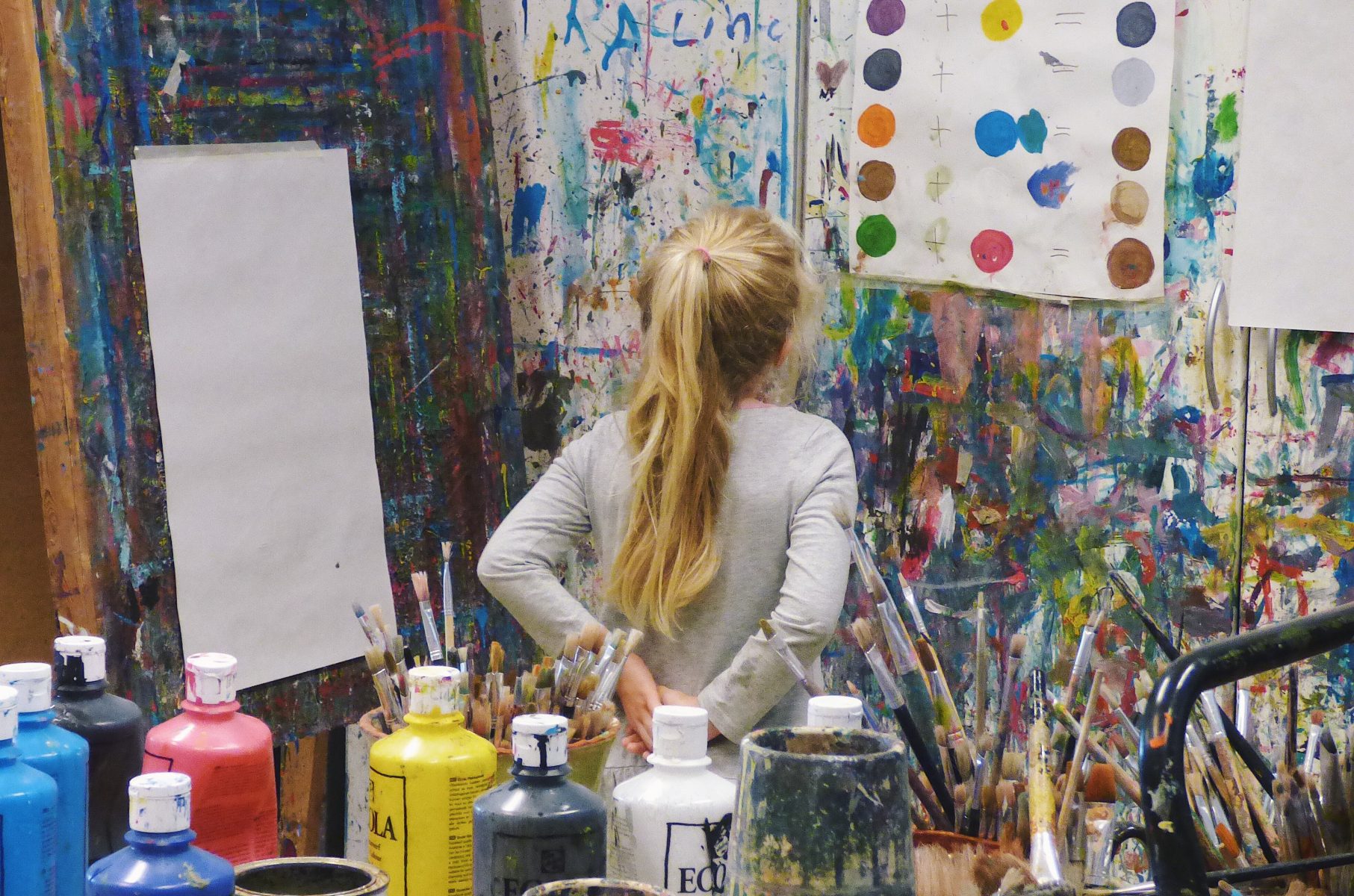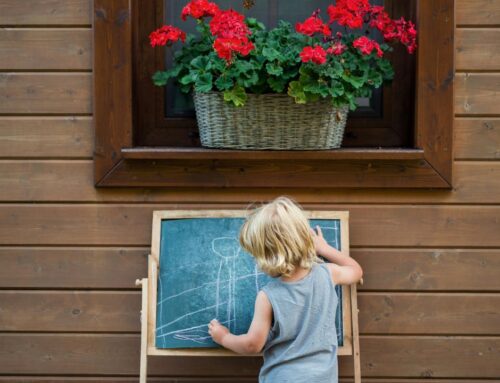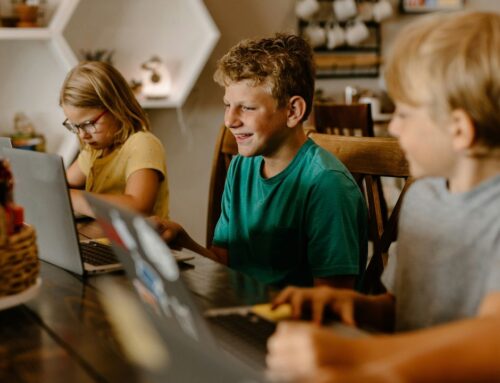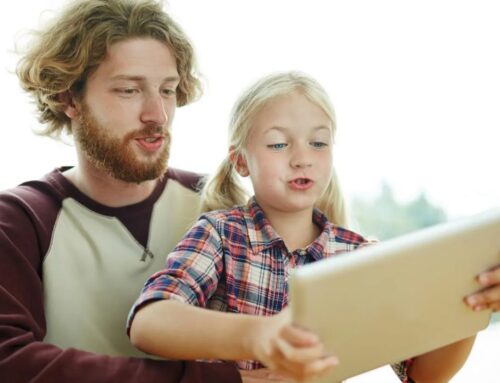Feeling strong emotions is all part of being human, and recognizing and controlling challenging emotions as they surface is an important skill that takes practice and self-awareness.
Empowering your kids to understand and connect with their emotions at a young age can help with emotional regulation throughout their lifetimes and gives them tools to guide their emotional reactions.
So how do you encourage your kids to express and regulate their emotions?
“When kids don’t have language for emotion, they can use colours to show how they feel or as an emotional outlet,” says HomeLearners Network (HLN) Guide Amber.
We sat down with Amber to discuss artistic techniques for kids that can help them with emotional acknowledgment and regulation.
#1: Colour the page “calm”
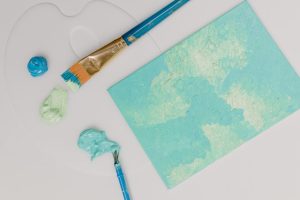 If your child is expressing anger or anxiety, ask them to colour an entire page in a colour that represents a positive emotion for them. Giving them the autonomy to decorate and play with colours they love can benefit their self-esteem and communication skills!
If your child is expressing anger or anxiety, ask them to colour an entire page in a colour that represents a positive emotion for them. Giving them the autonomy to decorate and play with colours they love can benefit their self-esteem and communication skills!
Finish the activity with a follow-up check-in. How are they feeling emotionally and physically? Have their breathing and heart rate slowed? Are they feeling more relaxed?
#2: Create an emotion colour palette or wheel
There are so many emotions other than happiness, sadness and anger!
 It’s an essential step in emotional regulation to pinpoint and express the exact feeling being experienced. Expanding emotional vocabulary can help bring clarity to emotions and emotional acknowledgment.
It’s an essential step in emotional regulation to pinpoint and express the exact feeling being experienced. Expanding emotional vocabulary can help bring clarity to emotions and emotional acknowledgment.
Working together, come up with different emotion words and ask your child to create a colour palette where each colour represents an emotion.
For a more advanced project, come up with twenty or more emotion words and ask them to create a colour wheel where colours are arranged by psychological purposes. For example, grief, sadness and loneliness may be represented by various shades of blue, with darker shades expressing the more daunting emotions.
#3: Build an emotion collage
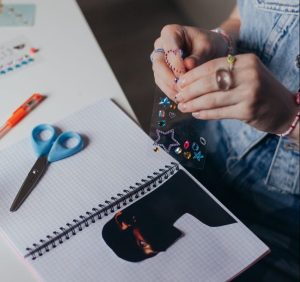 Using recycled paper, ask your kid to combine their consciousness of colour symbology and colour language to create a collage illustrating a message about their feelings.
Using recycled paper, ask your kid to combine their consciousness of colour symbology and colour language to create a collage illustrating a message about their feelings.
“The hands-on art-making part is an emotional regulator too,” says Amber. “Using your hands to create something is a regulatory activity.”
Amber frequently uses colours in her art to regulate her emotions. “I know exactly what colours to use to say what I want to say,” she says. “I use art as self-care and as a spiritual practice.”
She also uses colour and art therapy in projects with her learners. “Sometimes, when we discuss heavy topics, I like to involve art projects as a way for learners to process, decompress and just get some stuff down,” she says.
Sign up for the new HomeLearners Network ‘History Through Colour Series’ coming April 6! Amber and your kid will dive into a different colour, its cultural significance, colour psychology and art history (and make some fantastic art, of course!) each week.
https://homelearnersnetwork.ca/collections/realtime/products/colour-through-history-ii

